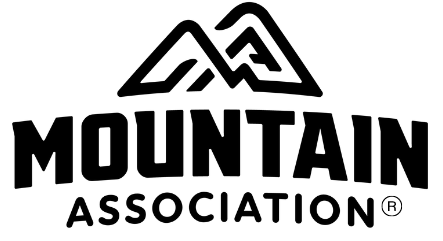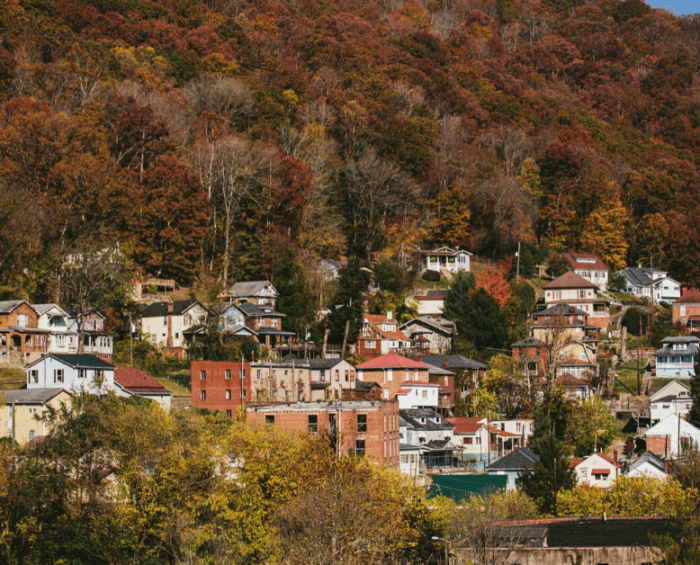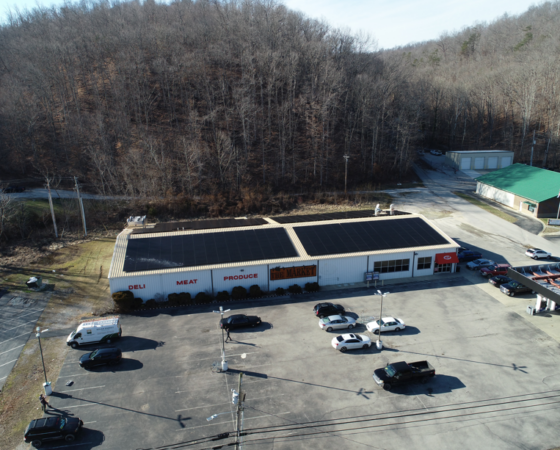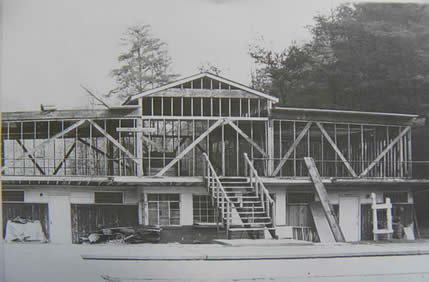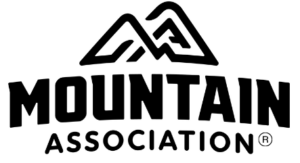By any measure, the economy of Eastern Kentucky and the wider Appalachian region is struggling. The collapse of the coal industry, the opioid crisis, and the recurring natural disasters have left scars that are slow to heal. Families and individual households trying to make ends meet rely on an array of federal assistance. Recently, there have been cuts or threats to these assistance programs, including a proposed total elimination of a vital energy assistance program that supports 6 million low-income households each year across the country.
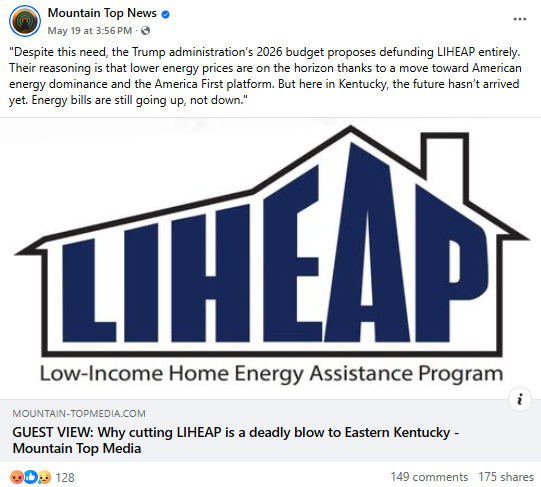
The Low-Income Home Energy Assistance Program (LIHEAP) is zeroed out in the proposed federal budget for the fiscal year that begins in September 2025. LIHEAP provides life-saving aid to millions of Americans by helping them afford their heating and cooling bills. For many, it is the difference between choosing food or heat, medicine or air conditioning. In 2024 alone, the program was utilized more than 219,000 times by Kentucky households. These are small disbursements – a max of $250 per season – that function as safety nets for working families, elderly residents, and people with disabilities who are trying to survive on limited incomes in one of the most energy-burdened regions in the country.
Despite this need, the Trump administration’s 2026 budget proposes defunding LIHEAP entirely. Their reasoning is that lower energy prices are on the horizon thanks to a move toward American energy dominance and the America First platform. But here in Kentucky, the future hasn’t arrived yet. Energy bills are still going up, not down.
In some Eastern Kentucky counties, low-income families pay up to 14.5% of their income on utility bills—more than double the 6% threshold that experts define as a “high” energy burden. Rural residents, especially those living in older, less energy-efficient homes, feel this pain the most. Rural areas often pay disproportionately high electricity costs due to utilities charging higher rates, in part due to infrastructure costs utilities incur covering more miles of transmission lines, etc., and in part due to utilities being owned by investors who are guaranteed a certain rate of return on their investment.
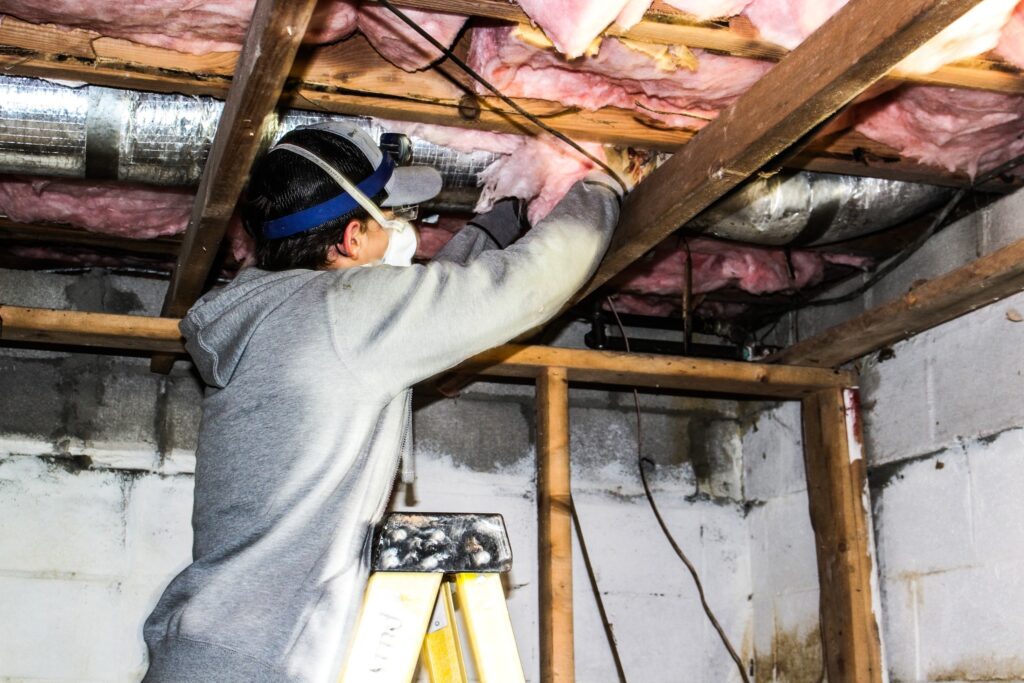
And while some cities have access to local programs that might soften the blow of high bills, rural communities often don’t. That’s where LIHEAP comes in. It funds weatherization improvements that make homes more efficient — reducing future energy costs and minimizing the need for repeated emergency assistance. In fiscal year 2023, the program weatherized more than 60,000 homes nationwide and helped prevent countless power disconnections.
The federal government allocated approximately $54 million in LIHEAP funds to Kentucky in fiscal year 2025. To access these funds, individuals must meet certain requirements and provide documentation showing their need for assistance. These requirements are designed to support Kentucky’s most vulnerable residents and some examples include households where someone has a health condition or disability (verified by a doctor’s note), someone is 65 or older, or a child under the age of 6 is present. This money is especially important during the extreme summer and winter temperatures Kentucky experiences. Kentucky is one of just 10 states where utility shutoffs due to nonpayment are allowed even during dangerous weather events. Sometimes families are cut off because they owe as little as $6.
Cutting LIHEAP cannot just be a budget decision — this is an issue that needs to consider the survival of our most vulnerable neighbors. Because it’s so critical, the program is housed under the Department of Health and Human Services and has received bipartisan support for nearly 45 years.
The Trump administration recently acknowledged that Appalachia is at a disadvantage due to loss of coal jobs and the opioid crisis, and because of that, they were leaving funding for another program in the budget that benefits this area. We argue that many low-income communities across the country face similar systemic challenges that have them needing a little extra help to stay and revitalize these areas of the United States.
If you have an experience to share about how LIHEAP has impacted you or your community in a time of need, now is the time to share your story.
Chris Woolery is the Energy Projects Coordinator at Mountain Association. Over his career, Chris has helped deliver residential energy efficiency upgrades to more than 800 households. He can be reached at chris@mtassociation.org.
